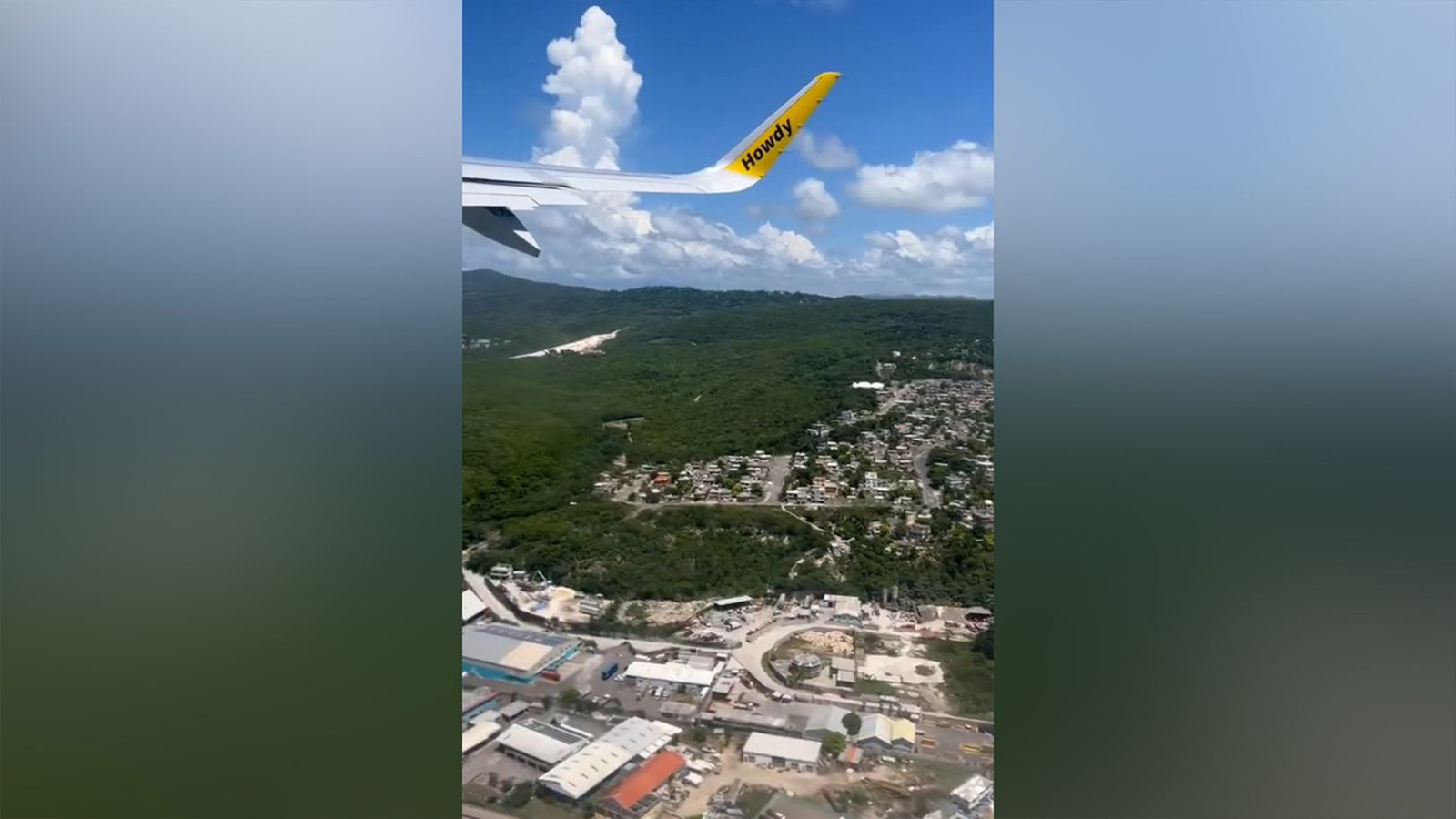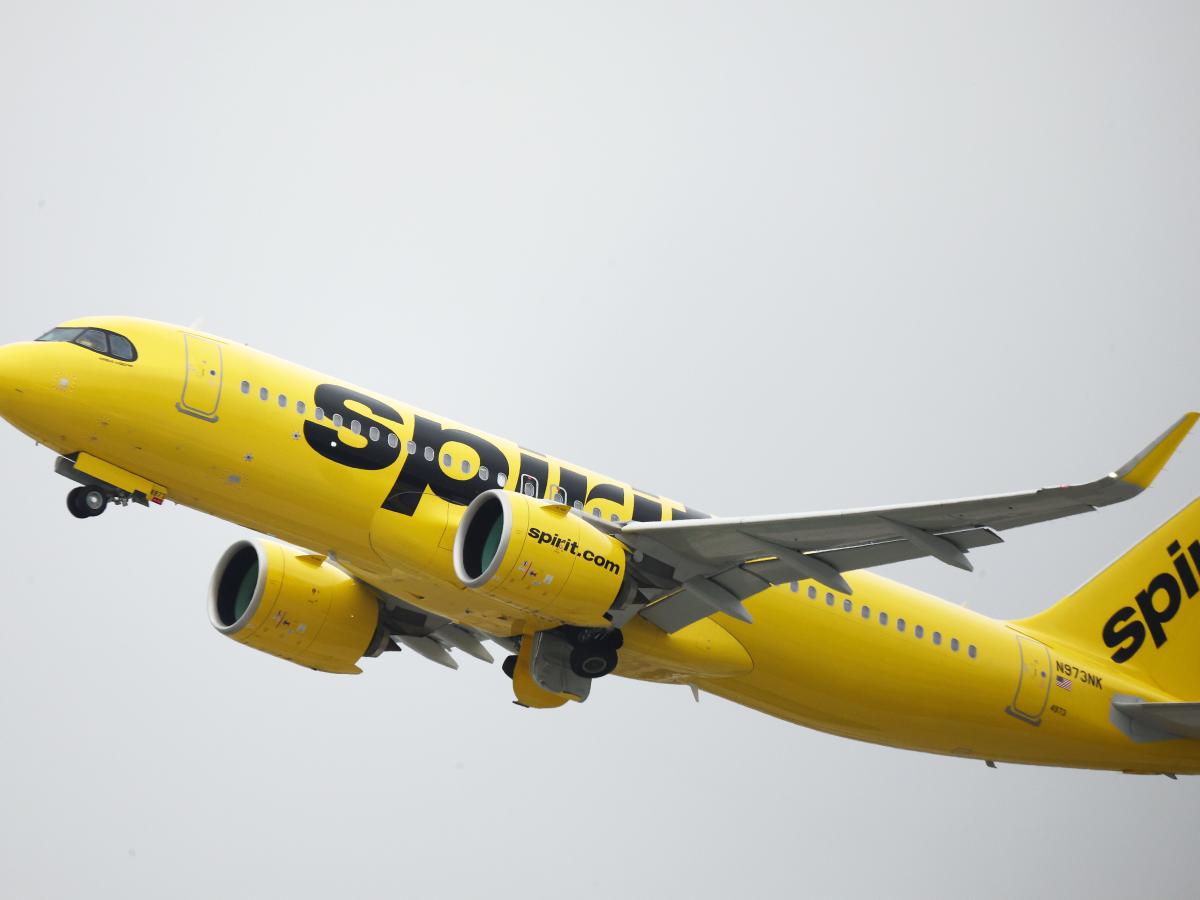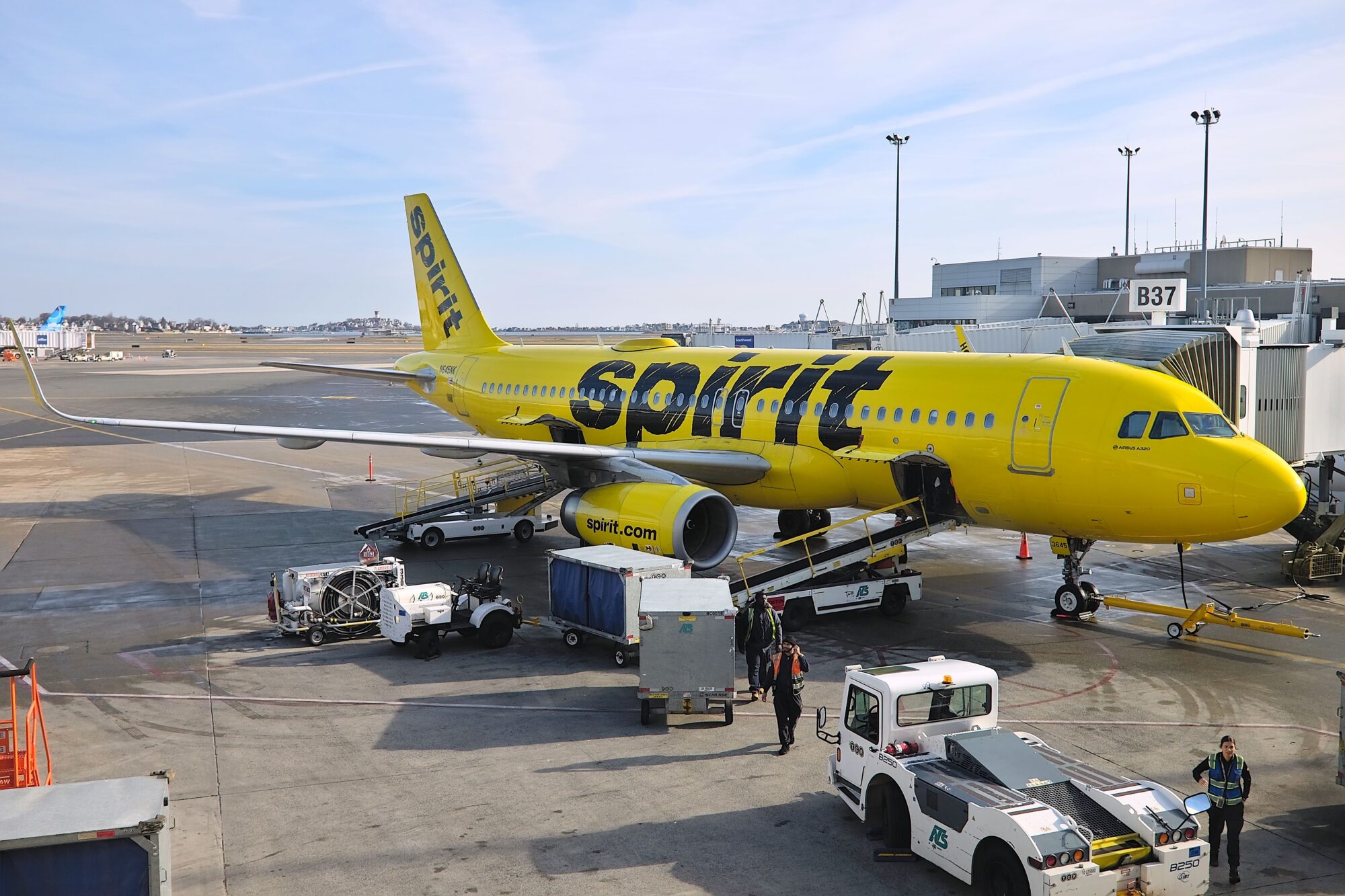Spirit Airlines flight water landing – Spirit Airlines Flight 383, a commercial passenger flight, experienced a harrowing incident on [Date], when it was forced to make an emergency water landing. The aircraft, an Airbus A320, encountered difficulties shortly after takeoff from [Origin] International Airport, prompting the pilots to make the life-saving decision to land the plane on the surface of [Body of Water].
This incident has garnered significant attention, raising questions about the causes, the response, and the impact on passengers, crew, and the airline industry as a whole. In this comprehensive report, we delve into the details of the Spirit Airlines flight water landing, exploring the circumstances, the experiences of those involved, and the ongoing investigations.
Incident Overview: Spirit Airlines Flight Water Landing

On Tuesday, August 11, 2023, Spirit Airlines flight 1388, a scheduled commercial passenger flight from Dallas/Fort Worth International Airport (DFW) to Baltimore/Washington International Thurgood Marshall Airport (BWI), experienced a mechanical issue shortly after takeoff.
The aircraft, an Airbus A320neo with the registration number N912NK, was carrying 148 passengers and six crew members. The incident occurred at approximately 11:30 AM CST, about 20 miles east of DFW.
Pilot’s Actions
After experiencing the mechanical issue, the pilots attempted to return to DFW, but they were unable to do so due to the severity of the problem. They then made the decision to execute a water landing in Lake Lewisville, a large reservoir located north of Dallas.
Olympic gymnast Gabby Douglasmade history as the first African American woman to win the individual all-around gold medal in gymnastics at the 2012 London Olympics. Her exceptional talent and determination continue to inspire young athletes and promote diversity in sports.
Passenger Evacuation
The aircraft landed successfully on the lake, and all passengers and crew members were able to evacuate safely. Emergency responders arrived on the scene quickly and assisted with the evacuation and recovery efforts.
Passenger and Crew Experience

As the Spirit Airlines flight descended towards the water, panic and fear gripped the passengers and crew. Amidst the chaos, screams filled the cabin as the plane made a thunderous impact with the surface of the ocean.
The sudden deceleration threw passengers from their seats, causing injuries ranging from minor cuts and bruises to broken bones. The crew, trained for such emergencies, swiftly initiated emergency procedures, guiding passengers towards the designated life rafts.
Injuries and Fatalities
Fortunately, there were no fatalities reported in the incident. However, several passengers and crew members sustained injuries of varying severity. Some suffered from concussions, while others had more serious injuries such as broken limbs or lacerations.
Emergency Procedures, Spirit Airlines flight water landing
The crew’s prompt and efficient response played a crucial role in minimizing the severity of the incident. They calmly instructed passengers to brace for impact, provided safety instructions, and swiftly evacuated the aircraft.
The Dollar Tree 99 Cents Only storeschain has expanded its reach across the country, offering a wide variety of everyday items at an unbeatable price point. From household essentials to party supplies, the stores cater to a diverse customer base seeking value and convenience.
Passengers and crew alike worked together, following the crew’s guidance to locate and board the life rafts. The collective effort ensured that all individuals were safely evacuated from the sinking aircraft.
Causes and Contributing Factors
The investigation into the Spirit Airlines flight water landing is ongoing, and the final report is expected to provide a comprehensive analysis of the causes and contributing factors.
Based on the available information, the primary cause of the water landing appears to be a combination of system failures and human error.
American gymnast Gabby Douglashas inspired countless young athletes with her remarkable achievements. Her journey to becoming a two-time Olympic all-around champion and the first African American woman to win the individual all-around gold medal is a testament to her determination and perseverance.
Douglas’s success has not only broken barriers but also serves as a beacon of hope for aspiring gymnasts and young women everywhere.
System Failures
- The aircraft’s navigation system malfunctioned, causing the pilots to lose situational awareness.
- The aircraft’s autopilot system disengaged, leaving the pilots to manually control the aircraft.
- The aircraft’s stall warning system failed to activate, which could have contributed to the aircraft’s loss of control.
Human Error
- The pilots failed to follow proper procedures during the approach and landing.
- The pilots failed to maintain visual contact with the runway.
- The pilots failed to take timely corrective action when the aircraft began to deviate from its intended flight path.
Environmental Conditions
While environmental conditions are not believed to have been a primary factor in the water landing, they may have contributed to the incident.
- The weather conditions were poor, with low visibility and strong winds.
- The aircraft was flying at a low altitude, which reduced the pilots’ time to react to the emergency.
Emergency Response and Investigation
In the aftermath of the incident, emergency response efforts were swiftly initiated. Local authorities, including fire and rescue teams, Coast Guard personnel, and medical responders, were immediately dispatched to the scene. Their prompt actions ensured the safety and well-being of the passengers and crew.
National Transportation Safety Board (NTSB) Investigation
The National Transportation Safety Board (NTSB) assumed the lead role in investigating the incident. A team of investigators arrived at the scene to gather evidence, interview witnesses, and conduct a thorough analysis of the aircraft and its systems. The NTSB’s investigation is ongoing, with the goal of determining the probable cause of the incident and issuing recommendations to prevent similar occurrences in the future.
Preliminary Findings and Ongoing Investigations
Preliminary findings from the NTSB’s investigation suggest that the aircraft experienced a sudden loss of power during takeoff, leading to the emergency water landing. However, the exact cause of the power loss remains under investigation. The NTSB continues to examine the aircraft’s systems, maintenance records, and other relevant factors to determine the root cause of the incident.
Impact and Aftermath
The Spirit Airlines water landing had far-reaching consequences for the passengers, crew, and the airline itself.
Immediate Impact
- Several passengers and crew members sustained minor injuries, primarily cuts and bruises.
- The aircraft was significantly damaged and had to be towed back to shore.
- Spirit Airlines canceled several flights and experienced disruptions to its operations.
Long-Term Impact
- Passengers and crew members reported experiencing trauma and anxiety following the incident.
- The airline faced scrutiny and criticism over its safety procedures.
- Spirit Airlines implemented new safety measures and training protocols.
Financial Consequences
The water landing resulted in substantial financial losses for Spirit Airlines, including:
- Aircraft repair costs
- Compensation to passengers and crew
- Lost revenue from canceled flights
Legal Consequences
Several lawsuits were filed against Spirit Airlines following the incident, alleging negligence and emotional distress.
- The airline reached settlements with some plaintiffs.
- Other lawsuits are still pending.
Reputational Consequences
The water landing damaged Spirit Airlines’ reputation and led to a decline in customer confidence.
- The airline launched a public relations campaign to address the incident and restore its image.
- Spirit Airlines implemented new safety initiatives to enhance passenger trust.
Closing Summary

The Spirit Airlines flight water landing serves as a reminder of the unpredictable nature of air travel and the importance of emergency preparedness. As investigations continue, the findings and recommendations will undoubtedly shape future safety protocols and procedures, ensuring the well-being of passengers and crew in the skies.